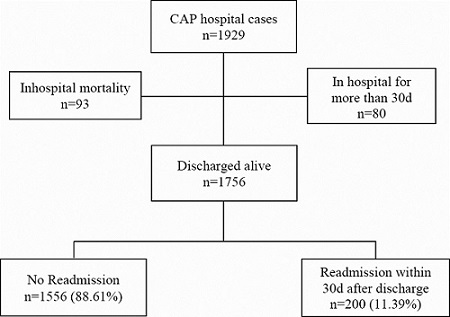Around 11 % of patients over 65 who have been admitted in hospitals for pneumonia come back to the hospital no later than thirty days after having left. This is one of the conclusions of a study published in the journal BMJ Open, by a team of experts led by Professor Àngela Domínguez, from the Faculty of Medicine and Health Sciences of the UB and the Epidemiology and Public Health Networking Biomedical Research Centre (CIBERESP).
Community-acquired pneumonia (CAP) is a common pathology that has become one of the main reasons for hospitalization and cause of death in people over 65. After hospitalization, the total recovery of the patient is slow and probabilities of readmission are high during this period. Readmission episodes are usually associated with the worsening of a disease or the appearance of a new pathology, with the resulting increase of clinical and economic burden to the health system.
The scientific team conducted the study aiming to determine the risk factors that are associated with the readmission of patients over 65 within thirty days after leaving the hospital. The study, carried out in twenty hospitals of seven autonomous communities in Spain, was conducted within the frame of the seasonal influenza episodes during the 2013-2014 and 2014-2015 periods.
The conclusions of the study relate the readmission of patients with preventable factors (for example, approving the hospital leave) and non-preventable ones (patients’ decision). Among the risk factors, the study highlights factors such as living with children; visit the hospital more than three times within the 90 days prior hospital admission; suffering from chronic respiratory insufficiency or chronic liver disease; or having returned home with medical support when leaving the hospital.
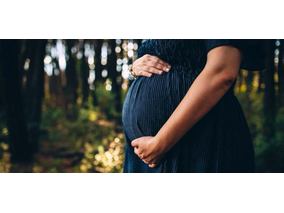
The research team observed changes in head circumf...
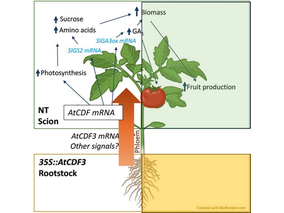
AtCDF3 gene induced greater production of sugars a...
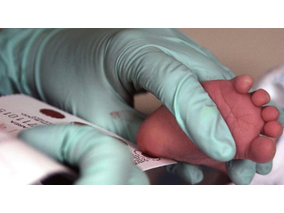
Un estudio con datos de los últimos 35 años, ind...
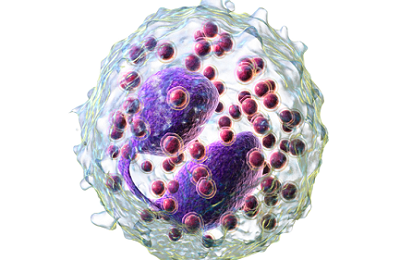
En nuestro post hablamos sobre este interesante tipo de célula del...

La revista ‘Nature Protocols’ selecciona esta técnica como “pro...
Biotechnology portal in Spain
Subscribe to our newsletter and stay up to date with the latest news and deals!
2013 © Biotech-Spain.com - Site Developments SL. All Rights Reserved. Terms of Service | Privacy Policy
Articles
Directory
